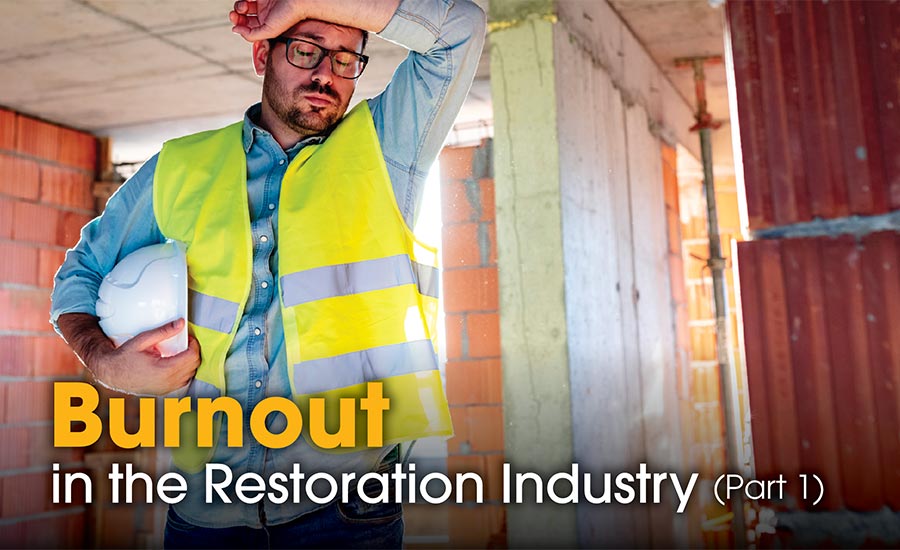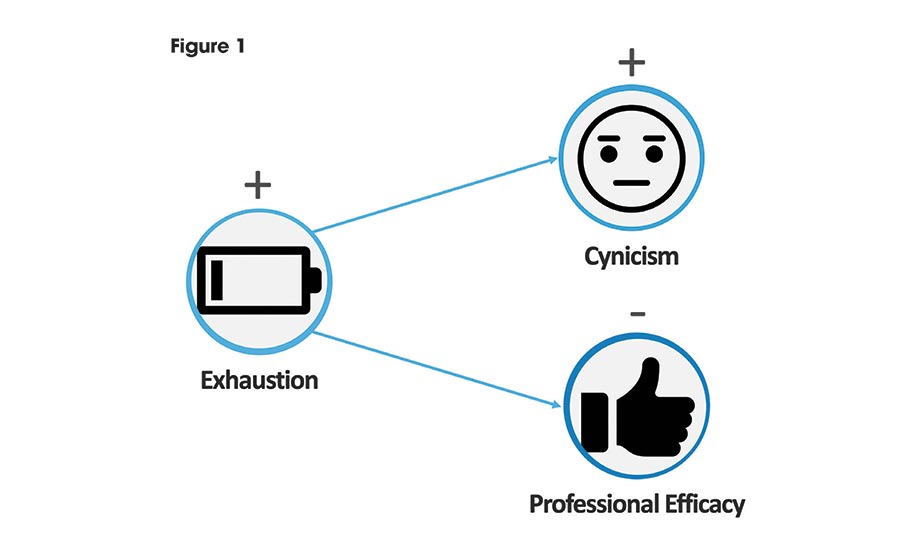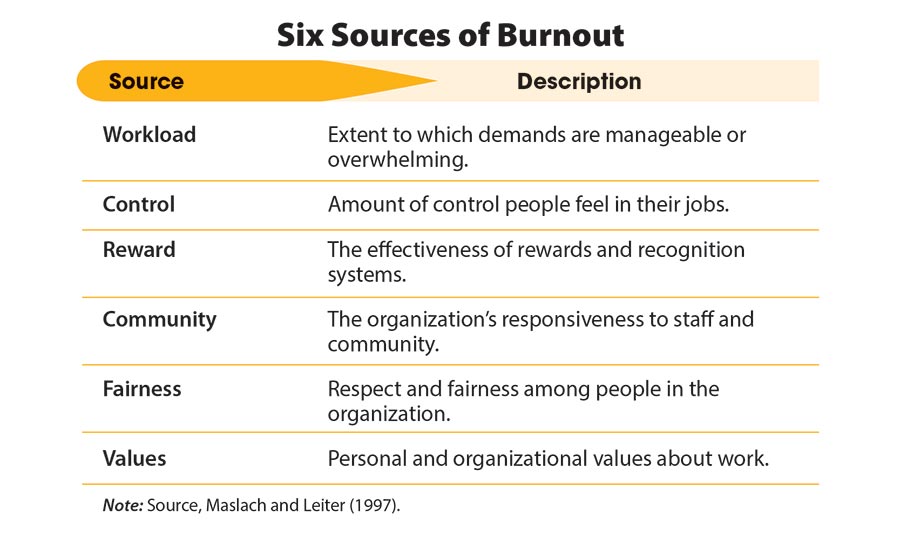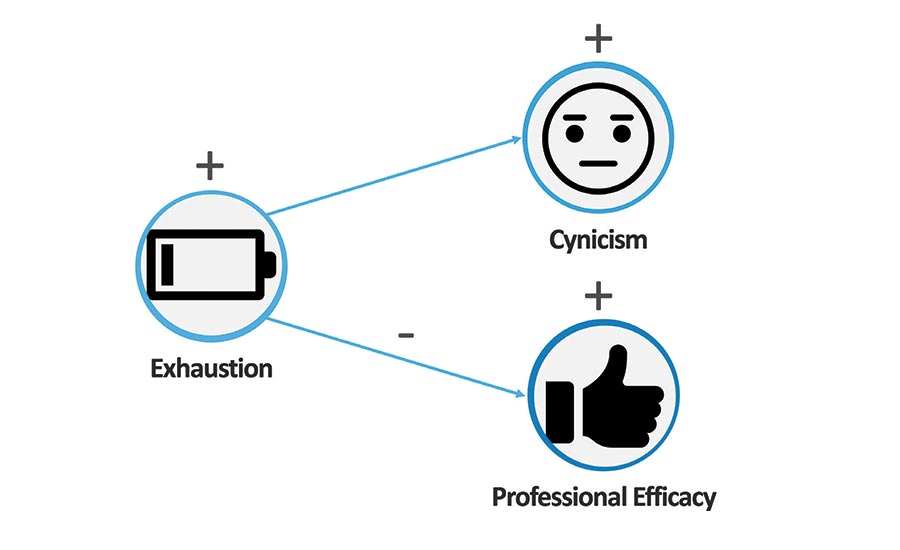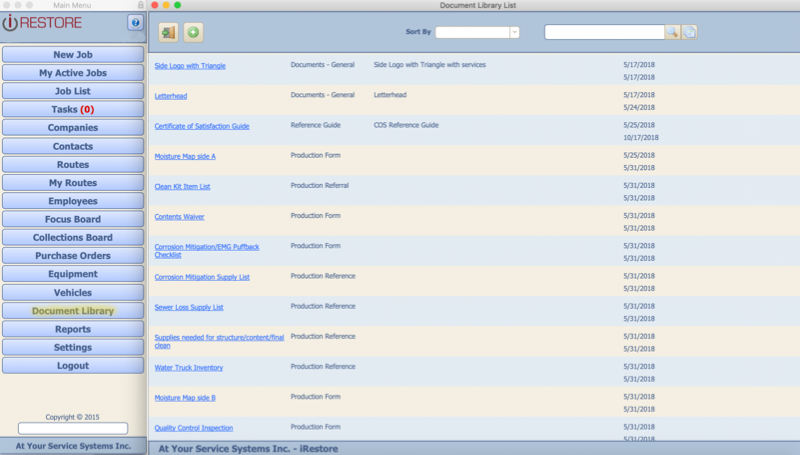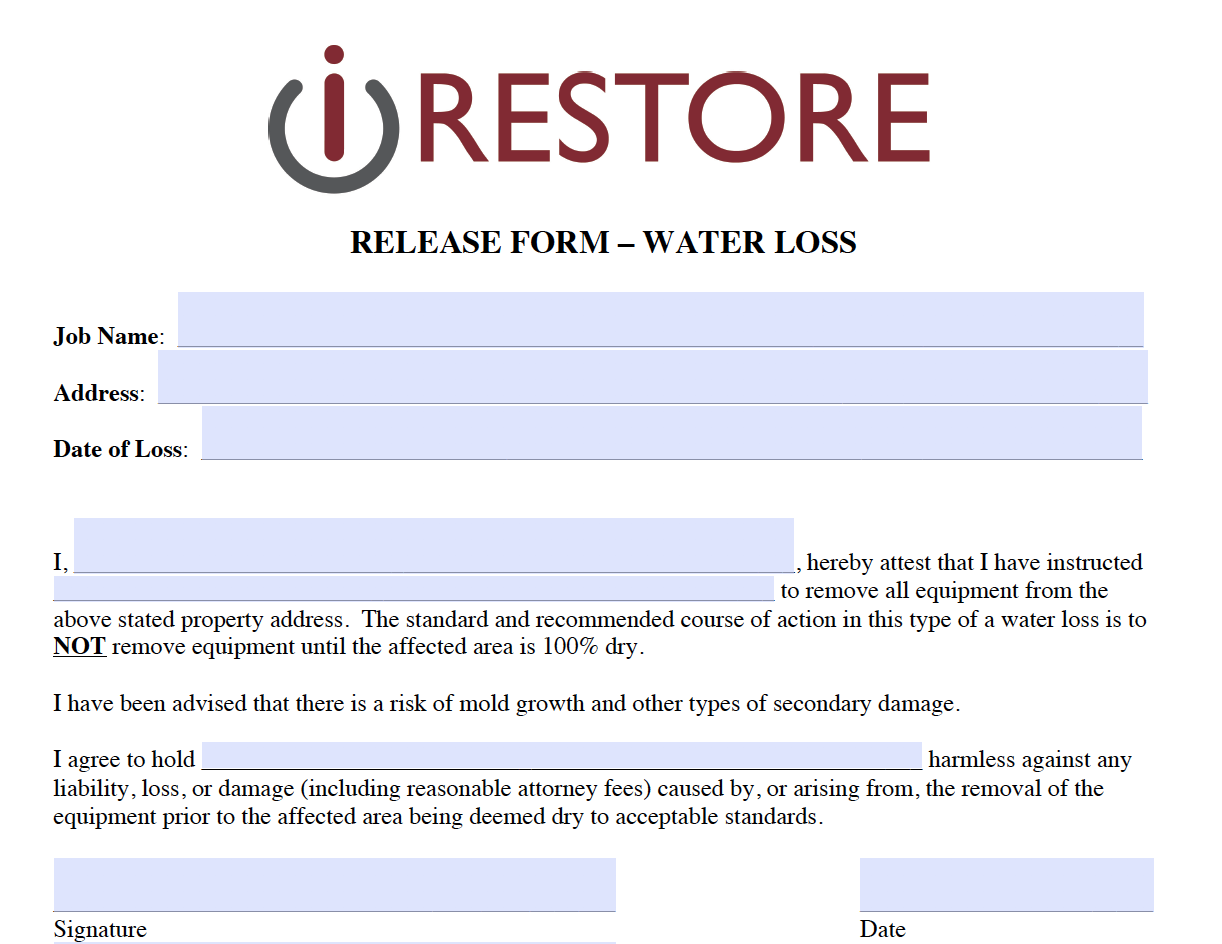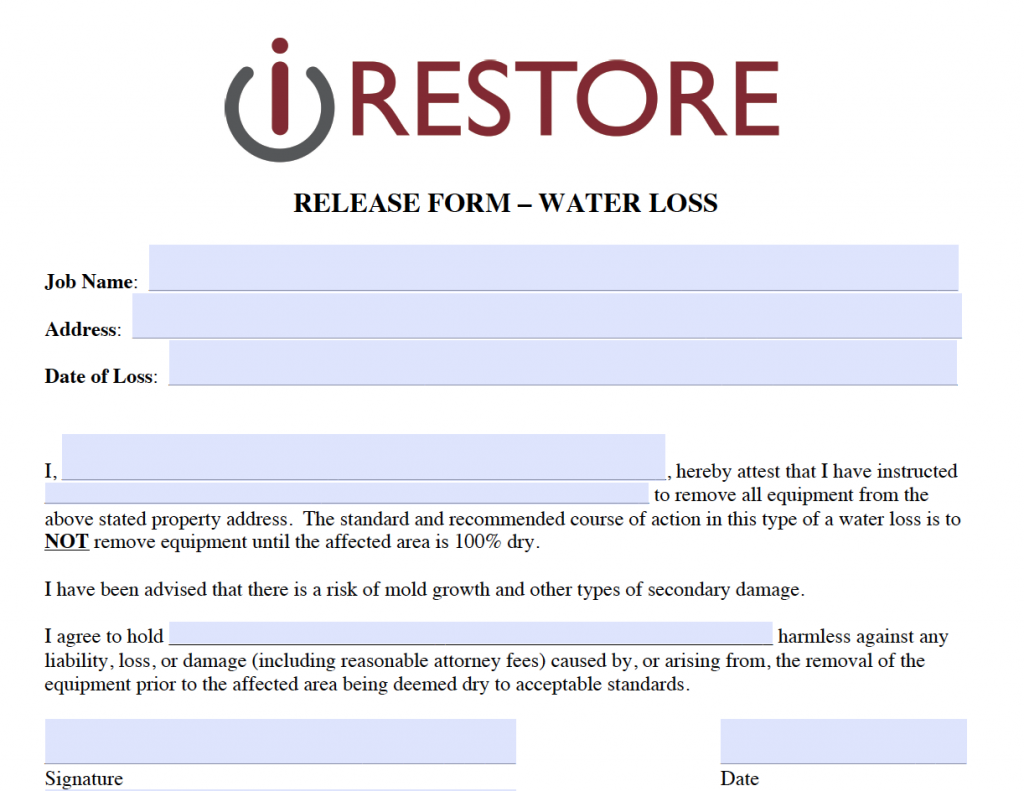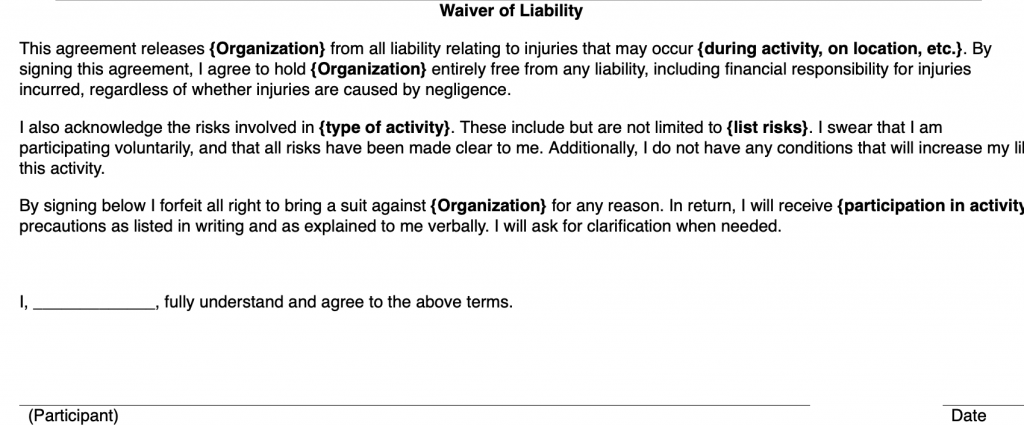 December 12, 2019
December 12, 2019In the world of responding to water and fire damaged homes and businesses, Xactimate has become the primary language of insurance claims. Learning to master the tool is core to success for any property restoration professional. Clear communication, where all parties involved understand what is being transmitted, requires effort, interpretation and patience.
“They’ve shredded my estimate!” Exclaimed Estimator #1.
“Again?” Replies his peer, Fellow Estimator.
“It’s like they take joy in their sadistic responses.” Estimator #1 is moving from shock to anger.
“So brutal.” Fellow Estimator commiserates.
“They literally took my restoration estimate and ran it through an industrial cheese grater.” Estimator #1 wallows in misery.
“How do they expect us to make any money?” queries Fellow estimator, attempting to console their compatriot.
Fellow Estimator knows that their estimate will soon be the next victim of the insurance review gauntlet. They know that the next time they send an estimate to a reviewer or hit upload in Xactimate, the process will run its cycle with them.
Have you experienced Xactimate review and rejection?
If you work around insurance claims, you know this scenario is a common one in many restoration companies. Perhaps your bruises are still turning purple and your wounds are still oozing blood. We all have choices to make. We can play the game of the status quo like our peers, Estimator #1 and Fellow Estimator in their glum state, or we can work to find answers.
Many of you are saying, we have tried. That’s good. Even if I could give you a gold star it wouldn’t make things any easier. In my neck of the woods, MaxCare of Washington and Superior Cleaning & Restoration are consistent winners in the Northwest District for Contractor Connection. MaxCare, like so many contractors, is a one-shop independent outfit that consistently performs highly in the program metrics while remaining profitable.
Winning an award does not smooth out the path to Xactimate review success but it does mean that you have learned some of the keys to working within the program. We constantly have to adapt if we want to survive. Adaptation requires that we constantly assess our efforts and dive a bit deeper into making progress in the process.
What are some typical responses to third party or adjuster Xactimate estimate reviews?
“Who are they to question me?” Estimator #1 rises indignantly and then rattles off a hastily worded email.
“This claims review professional has never been to this job – they’ve probably never been to any job site ever.” Fellow Estimator exclaims.
Funny enough, this is both one of the issues as well as one of the keys to resolution as well. The person reviewing Estimator #1’s estimate has never been to this job.
- Claims Reviewer #1 likely works in a regional claims center half-way across the country.
- Claims Reviewer #1 likely hasn’t been to any job and possibly never will. It’s not their job. This is a fact of the process and it does no good to complain about it.
Their titles do not put them at odds, one writes an estimate for the claim and the other reviews the estimate for the claim. They may view their responsibilities to be at odds with each other but that is not inherent to the task at hand.
The presiding principle should be to restore the client to pre-loss conditions and both parties should be working together to make this as expedient as possible. The difference between what should be and what is leaves a lot of room for us to work towards a process that is clear and consistent.
We can start our process of improvement by asking better questions.
“What are the objections of Claims Reviewer #1?” Estimator Supervisor asks.
“Who invited you?” questions Fellow Estimator.
“My company header isn’t in the estimate,” replies Estimator #1.
Have you experienced this rejection note? I know I have. It seems silly but it’s a requirement. Should anyone on the contractor side be upset with the claims review process if they have not updated their program to have the correct company information in their estimate headers? Who’s responsibility is it to ensure that their organization is following the basic requirements for carriers and programs?
| Company |
Wins |
Losses |
Ties |
| Restoration Company #1 |
0 |
1 |
0 |
Issue: Poor carrier and program basic level compliance.
Response: Clear training and consistent processes for estimate compliance.
“It appears that Claims Reviewer #1 composed a detailed list of their reasons for the rejection of your estimate. What is the next objection?” inquires Estimator Supervisor.
“My opening statement does not provide sufficient details per the carrier requirements,” Estimator #1 reads with a quizzical tone in their voice.
While we are laboring into the weeds a bit here we are also discussing elements of Insurance Claims 101. These are common rejection items that are easily addressed and yet continue to be hang ups for restoration companies large and small. If you read our article on the Habits of Xactimate Estimating Success, we outlined how your estimate is part of telling the story of the claim.
As estimators we have the responsibility to learn how to tell the story of the loss through the estimating tool that we use. The estimate has a language. Do you remember when you first sat down with Xactimate? It can seem like a foreign language.
- What is WTR EQD?
- What does HMR BARR mean?
- When is the right time to use PNT MSKLF?
Whether you like it or not, for the majority of insurance claims, Xactimate has become the recognized story delivery tool. When our story does not resonate with our audience we need to learn how to communicate more clearly. In serving our client, it is necessary to use the resources in our tool bag to assist them in achieving a well executed outcome.
Look in the mirror, if your estimate is not compliant with basic carrier requirements, rejection is not the result of sadism its self-sabotage.
| Company |
Wins |
Losses |
Ties |
| Restoration Company #1 |
0 |
2 |
0 |
Issue: Poor execution of initial estimate components.
Response: Better attention to details. Learn to become a better claims story teller.
“They are picking apart my line items,” Estimator #1 yells, pounding a fist against their desk.
“They do that to me all the time,” Fellow Estimator raises their hands in disgust.
“I remember when I used to be an estimator…” Estimator Supervisor starts to chime in, thinking that they are a part of the group grievance session only to be interrupted.
“No one cares about what you did eighty years ago!” both Estimator #1 and Fellow Estimator blurt out.
We are now entering much more subjective territory. There are ongoing discussions about the best ways to approach insurance claims work from various levels of the business. Resources like Restoration & Remediation Magazine do a great job of giving a voice to industry leaders and their experiences.
What are our response options when faced with opposition from an insurance reviewer?
Option #1 – Dig our heels in
There are those of the mind that the carrier can never be right and the claims process is a war. If they want to question us we will know the fine print better than them and will throw it at them with everything that we have. If your organization has agreed to do program work then some of these line item concessions are part of the contractual agreement. This is why some companies have chosen to stay independent and refuse to engage in third party administrator (TPA) work. If you a person in a position of leadership you will have to decide if the potential volume is worth the trade-off.
Option #2 – Give in to expedite
Some professionals believe that a quick claim that is paid in part is better than a drawn out battle. Many of the organizations that regularly work with carriers or TPA’s exercise some level of pragmatism. As noted previously, the theory is that concessions will be made to build a relationship that will result in a volume of work that will outweigh the costs. For many of these companies this is survival mode, “We don’t know what we would do without program work so we have to do what it takes to keep the funnel open.”
Option #3 – Get educated
Whether you work with a TPA or are doing direct work for carriers, after a few claims you typically get a sense for the line items that are more likely to get rejected or questioned. Know your program outlines, your carrier specifics and what sequences can be approved (or overridden) by adjuster authorization. If you have a claim that requires a unique approach you should be in contact early and regularly with the adjuster to confirm authorization for your approach to assisting their client with a positive outcome.
Develop your process intentionally.
- Do some research.
- Tap into your peer network.
- Communicate with the adjuster.
- Make progress in your process.
Were Keith Richards and Mick Jagger in the property restoration business prior to forming The Rolling Stones? Did they have insurance estimate reviews in mind when they penned the timeless words, “You can’t get what you want. But if you try sometimes, well, you might find you get what you need.”
If you write a sloppy estimate and you are not learning from prior mistakes, expect to get rejected. At the same time, whenever the carrier or program initiates are rejection of an estimate this should be a time where the restorer reviews whether the objections are legitimate. This invitation to review the merit of the estimate is also a time when the estimator should review whether legitimate line items were missed in the prior submission.
| Company |
Wins |
Losses |
Ties |
| Restoration Company #1 |
0 |
2 |
1 |
Issue: Lack of clarity regarding proper use of line items relevant to the claim.
Response: Skills development through research, peers and training as well as learning from prior rejections.
“They are saying we don’t have sufficient supporting photos,” Estimator Supervisor states looking up from the computer screen.
“Oh, and the photos that were uploaded aren’t properly labeled or associated with the rooms in which they were taken,” continues Fellow Estimator.
“What?” queries Estimator #1.
If a photo is worth a thousand words, in the world of insurance claims those photos could be thousands of dollars. One hundred dollars (or even less) can be the tipping point between a profitable project and a net loss. A clearly written estimate that follows industry guidelines must have supporting photo documentation – we aren’t yet talking about high level Xactimate skills and yet it continues to happen. I know because I have done this too many times.
Estimators are story tellers. Our audience likes their stories to be full of vibrant pictures that are captioned. Often we are communicating our claim stories to persons who will not be physically present at the loss. Pictures help the claim story to come to life for them. Develop your ability to tell a story and to support your story with multiple photos that are clearly labeled to illustrate your narrative. The more detailed or unique the work you need to complete the more quantitative as well as qualitative your photographs need to be.
| Company |
Wins |
Losses |
Ties |
| Restoration Company #1 |
0 |
3 |
1 |
Response: As you develop your story telling abilities, make sure your stories are packed with good pictures.
If we have a losing mindset and we maintain the status quo of losing habits, we will continue to lose. Estimators have a job to do. Claims review professionals have a job to do. Organizations have a responsibility to train their people to execute with excellence when it comes to carrying out the essential functions of their roles.
“I don’t know what I am going to do,” Estimator #1 is on the verge of tears, “No matter how I respond they are going to tear me to pieces.”
“When the claims reviewer shreds your estimate, it’s time to make tacos!”
“Who said that?” Fellow Estimator yells into the abyss.
Suddenly, they can hear a familiar tune, “You can’t always get what you want…”
“But if you try sometimes,” Estimator #1 bobs their head.
“Is it lunch time?” Estimator Supervisor asks as they leave the room.
Unfortunately, more often than not, our responses to the estimate review process borders on burying our head in the sand or playing the victim. We throw our hands up and rail against the system. As noted above, we can choose to go to war, we can choose to give-in or we can choose to get educated. Neither of these decisions guarantee success.
Going to war will have casualties, giving in will cost you and getting educated does not mean that everyone will admire your knowledge to the point that they will see things your way. You may feel like you have lost in the past but today is a new day, it’s time for a new approach – the “scoreboard” is blank (but the clock is ticking).
| Company |
Wins |
Losses |
Ties |
| Restoration Company #1 |
0 |
0 |
0 |
Issue: Frustration with the claims review process.
Resolution: Gather data that will inform decisions so that progress can be made.
How do we gain ground on the claims review process? Here are some suggestions to start tracking data to inform decisions and find resolution:
- Do you review your rejections for trends? You can do this as a team or you can do this as an individual estimator. You can download the attached PDF Tracking Claims Review Worksheet or you can develop your own system.
- Change your mindset. Above we framed the claims review process in wins, losses and ties. With this win-loss mindset our sample restoration company was not winning. What if we change our mindset to founded (reasonable review queries based upon the standards, practices and carrier guidelines), unfounded (contradictory to standards, practices and carrier guidelines) or in the gray area (subject to interpretation). If you download our worksheet you will notice these are the categories.
- Change your process. The status quo is to complain about the system. If you are approaching your profession with a growth mindset you will work to find solutions to your issues. Start by tracking your rejections so that you can make decisions based upon objective data rather than your collective-subjective opinions.
|
Items in Review |
Founded |
Unfounded |
Gray Area |
Resolution |
|
|
|
|
|
|
|
|
|
|
|
|
|
|
|
|
|
You do insurance work. Claims review is part of the process. Our point here is not that insurance is right or that contractors are wrong, but that if we want to achieve progress in the process we have to control what we can control. Take ownership for roles and responsibilities.
- If you are not collecting data on your rejections you should start immediately.
- If you have data you need to use it to help educate your decisions so that you can gain ground.
Our conversation here is regarding mindset and process. Start gathering data so that you can make more informed decisions and work to find resolutions. Regardless of your chosen approach, develop your process intentionally.
Resources for estimators, managers and adjusters composing estimates in Xactimate:
- VIDEO: Claims Review Shredded My Estimate
- ARTICLE: Habits of Xactimate Estimating Success
- VIDEO: Recent discussion between RIA ADA Chair Ed Cross and Xactware founder Bill Loveland
- FREE E BOOK: The 10 Commandments of Xactimate Estimating Success





